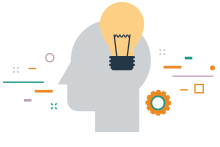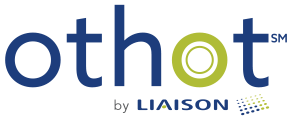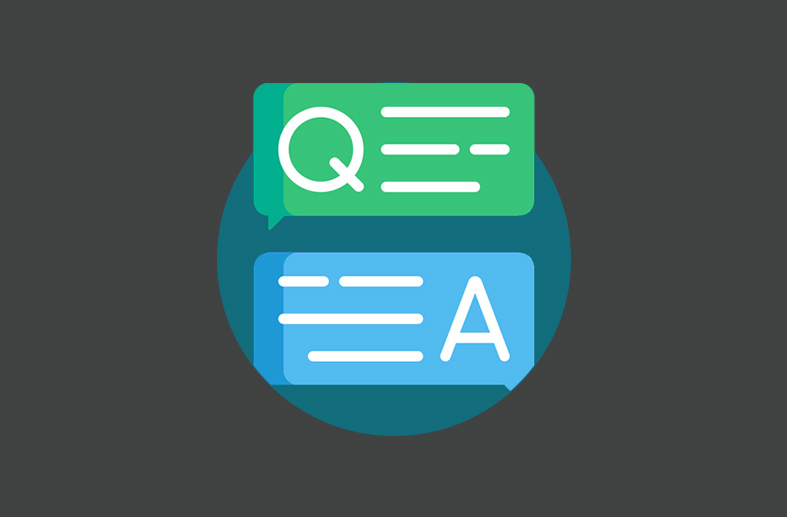Want to know how an advanced analytics platform is helping institutions make informed decisions? Sign up for a demo! Learn More
Partner Questions: COVID-19 and the Othot Platform

Othot Team
Updated on February 28, 2021
·
3 minute read
These are questions that we’ve gathered from our partners about data collection, models, and predictions in the COVID-19 environment. If you would like to discuss any questions in this document, please contact a member of the Partner Success Team at othotteam@othot.com.
1. How can we use the Othot Platform to understand the impact of COVID-19 on the Fall class?
- We know there is added uncertainty in the current environment, and this alters the precision of the predictions. However, using the Othot Platform allows you to dig deeper into the changing behaviors of individual students and understand how the prediction confidence improves through later lifecycle phases as you progress toward your enrollment and/or retention goals.
- We know that March is when schools’ and students’ behaviors changed because of the pandemic. For enrollment, the Platform’s admit model (typically utilized during yield season) isolates variables specific to this lifecycle stage (e.g., visits and institutional aid) and allows you to understand how impactful these types of variables are at the individual level, especially if those tactics will no longer happen. Thus, the Platform can provide actionable direction on individual students who require additional attention.
- Within the deposit model, you can monitor new/additional factors (e.g., virtual event participation or website interaction/ping data) that provide behavioral insights needed to strengthen the predictions towards your ultimate outcome.
2. How can the Othot Platform tell us what could have been without the pandemic and where we currently are or will be with our fall class?
- The Othot Platform can be used to understand the impact of “missing attributes” (e.g., student visit changes, financial aid and need shifts, proximity impacts, etc.) net of the counter actions that you are taking. In the end, we will be able to analyze the differences between the class that was predicted on March 1st and the class that arrives on September 1st.
- An important fact to remember is that all schools have been affected by the pandemic and the actions you are taking now can solidify the predictions and expectations that existed prior to March.
3. What are the best strategies and actions to deploy now?
- Othot is working with many partners to create strategies and tactics that focus on students who are most impacted by the altered variables related to the pandemic. The Othot Platform can identify prescriptive variables (i.e., “What if” variables) that may impact prospects that have not yet deposited. In the enrollment platform, prescriptive variables, such as who would have been most impacted by not visiting or those most sensitive to aid, provide a level of insight that leads to actions. The recently launched Student Success node provides another view that identifies students who might be at risk from the shift to online learning, changes in advisor interactions, or a greater sensitivity to affordability concerns. Our partners are doubling down on students who are impacted the most by paying closer attention to them.
- New data, such as emerging virtual events or a change in previously established virtual event content, can be mixed with the Othot predictions to understand prospect and student behavior to segment the population differently, in a way that allows you to take action.
4. What do we do with new data that we are capturing from the tactics we are now deploying?
- This data is very valuable. Some of this data will result in new prescriptive variables that allow the Platform to understand how to interact with prospects and students in ways that are different from the typical spring activities. These tactics are ones that schools may not have tried before, or at least not at this grand of a scale (e.g., virtual visits).
- Data capture is critical. It is important that the data is captured in a granular way, meaning down to the individual student, and is captured in a consistent way through the end of the cycle. This data is not only important for the models, but also can be used in conjunction with the Platform results to determine the impact of those actions.
5. How do we deal with a year of “data anomaly”?
- This is a very important question that is dependent on each institution’s actual results and how the students “behaved” as compared to “March 1” predictions (which were not yet impacted by the pandemic). Our Partner Success, Data Science, and Data Curation teams will be working with each Othot partner school to determine the best path forward related to models for the 2021 fall class and the entire student body (for those of you using Othot’s just launched Student Success solution).

Othot Team
We are the collaborative team behind the platform!




